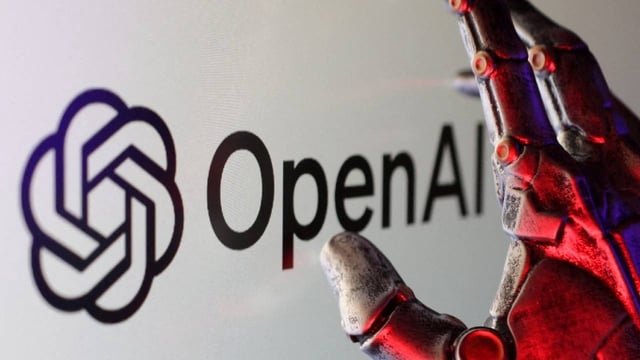Overview
- FT-cited sources say software and the compute needed to run OpenAI’s models at consumer scale are the main bottlenecks that could push back the planned launch.
- The concept centers on a palm-sized, screenless companion that uses microphones, cameras, and sensors to perceive context and respond by voice.
- Engineers are still deciding the assistant’s voice, tone, and when it should speak, with an aim to curb excessive chatter and unhelpful responses.
- Always-on sensing raises unresolved privacy concerns, including how data is captured and when the device should listen without being intrusive.
- OpenAI folded Jony Ive’s io team into the effort via a reported $6.5 billion deal, expanded hiring from Apple and Meta, and is reportedly working with manufacturer Luxshare with final assembly possibly outside China.



